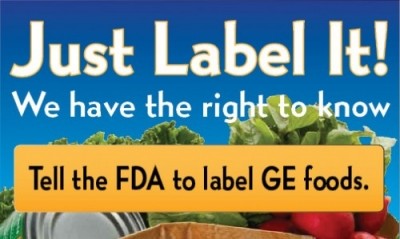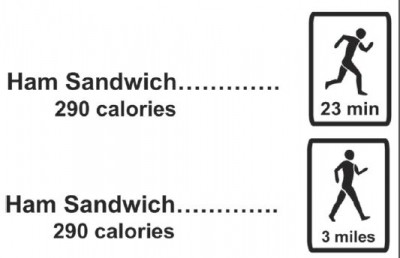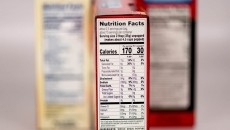This warning letter headline 'contains' a word sure to get FDA’s attention

It’s easy to make these errors without a syllable-by-syllable understanding of the law, said Denver based attorney Justin Prochnow with the firm Greenberg Traurig. Approved label language is a kind of code, one that is meant to accurately portray the content of foods without overstating the case and misleading consumers.
Take the word “contains,” for example. When it comes to label language, this has a specific meaning, Prochnow said, and companies can get into trouble using this one, simple word.
“Wordsmithing is important when you are making claims. Using the wrong word could subject you to regulations that you are not aware of,” Prochnow told FoodNavigator-USA.
“This happens all the time when using the word 'contains.' Most people don’t realize the word ‘contains’ has a specific definition; it means you have 10% to 19% of the daily value (of that nutrient).”
And you can only claim to "contain" or be a "good source" of something that has a recommended intake level. All of these terms have percentages of these levels attached to their definitions, so no level, no percentage, no allowable claim.
Omega 3s, bioflavanoids, polyphenols and antioxidants are all examples of substances that have a lot of science and marketing power behind them that do not have recommended daily intakes as recognized by statute.
Omega 3 faux pas
In the case of Waterwheel, FDA took the company to task for using the phrase “important source,” as in: “Chia seeds are known to be an important source of Omega3.”
FDA said: “FDA has not defined the characterization ‘important source’ by regulation.” The agency went on to say that even if it agreed that ‘important source’ could be understood to be synonymous with terms that do have a regulatory definition, such as ‘high’ and ‘good source,’ the claim would still be a violation because of the aforementioned problem of there being no recommended daily intake level for omega 3s.
“If it’s an ingredient or nutrient that doesn’t have a daily value it just simply is a claim that can’t be said,” Prochnow said.
Other errors
Waterwheel made other mistakes, too, according to FDA. The company made claims about protein content without providing a percentage of the daily value for that nutrient, and it used the “important source of” language to refer to the dietary fiber content of one of its products when the product contained only 7% of the daily value for that nutrient. And the company made a claim about antioxidants, a nutrient category for which no daily value has been established.
“When it’s a term that’s not specifically allowed for, FDA generally views it as the highest level of claim. We’ve seen this with antioxidants when companies say ‘packed with,’ ” Prochnow said.
Waterwheel ran afoul of regulations in the use of the term “healthy,” too.
In order to be able to say this on a package, the food has to meet certain specifications, namely it must be low in fat (as defined by law) and contain at least 10% of the RDI or DRV per RACC of one or more of the following: vitamin A, vitamin C, calcium, iron, protein, or fiber.
Meeting consumer expectations
Although some of the distinctions made in labeling regulations might seem overly Talmudic, they are based in the common sense principle of communicating openly with consumers and matching what the product actually delivers to what a consumer might commonly expect when they see a term like “healthy.” But “contains?” Do consumers really have finely honed expectations about what that word implies?
“It does seem to some people a little unfair that FDA has co-opted that word,” Prochnow said.
For a while, agency seemed to put the word “with” in same category, and even send a warning letter about 12 years ago to company on that basis. But FDA has not sent any warning letters about “with” since then, Prochnow said.
“That’s why it’s so important to have someone review your labels who really knows the regulations,” he said.


















